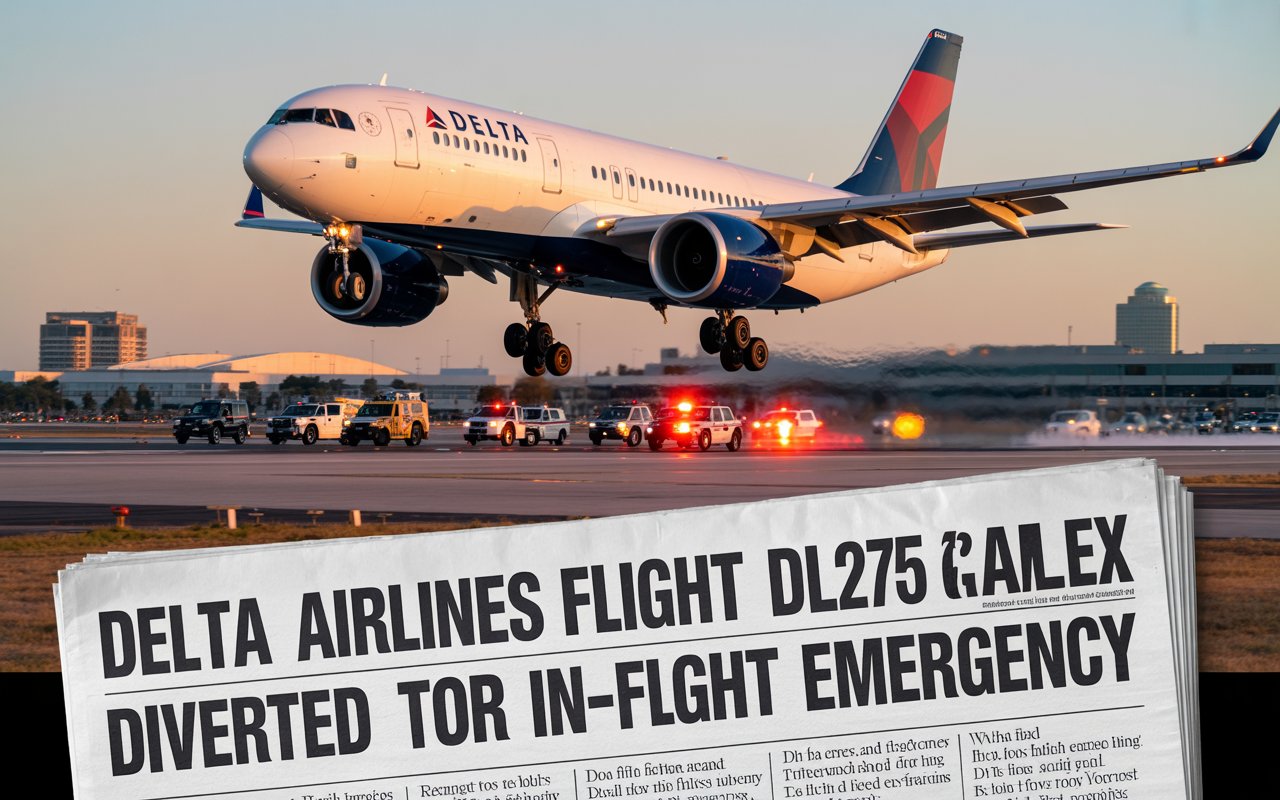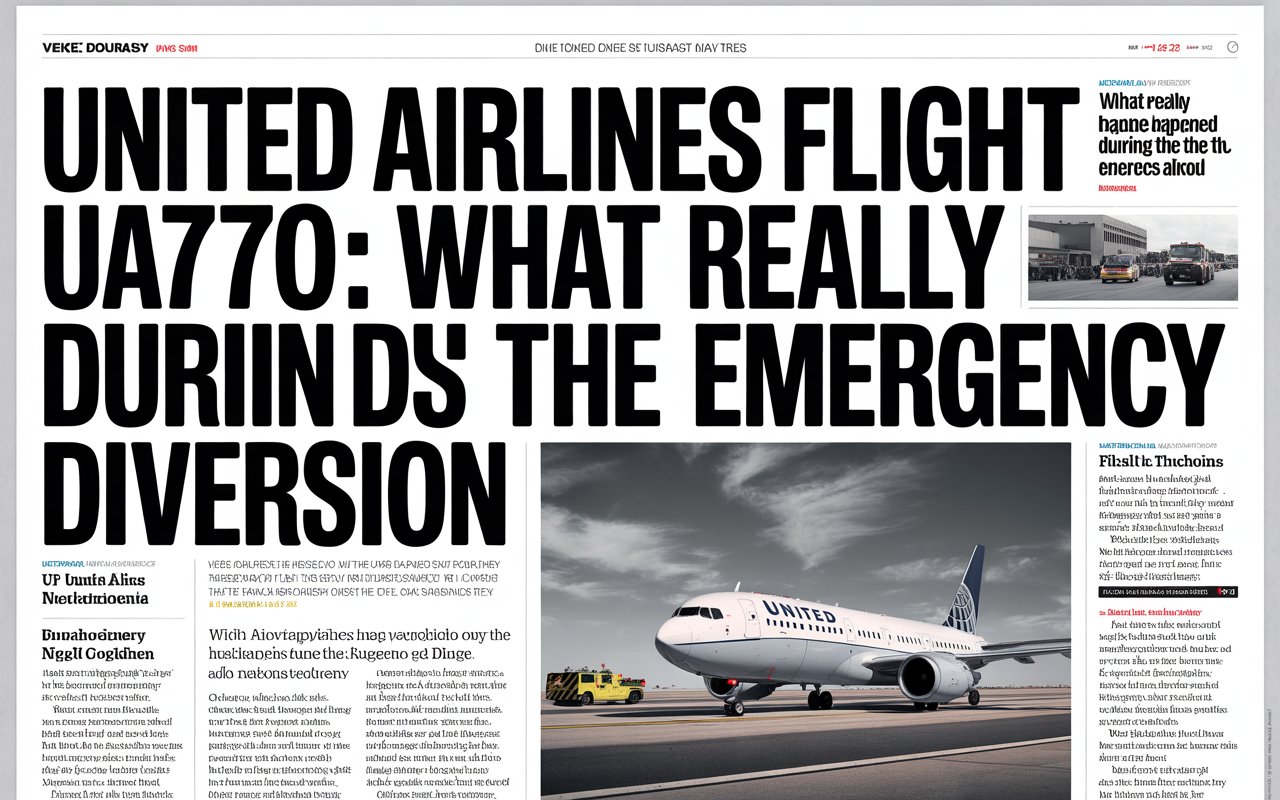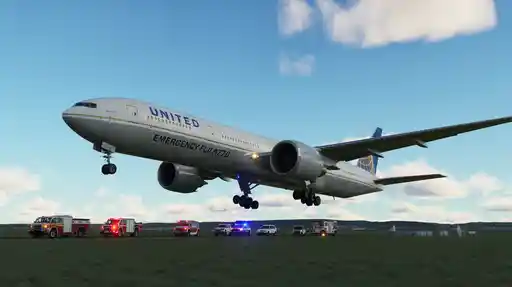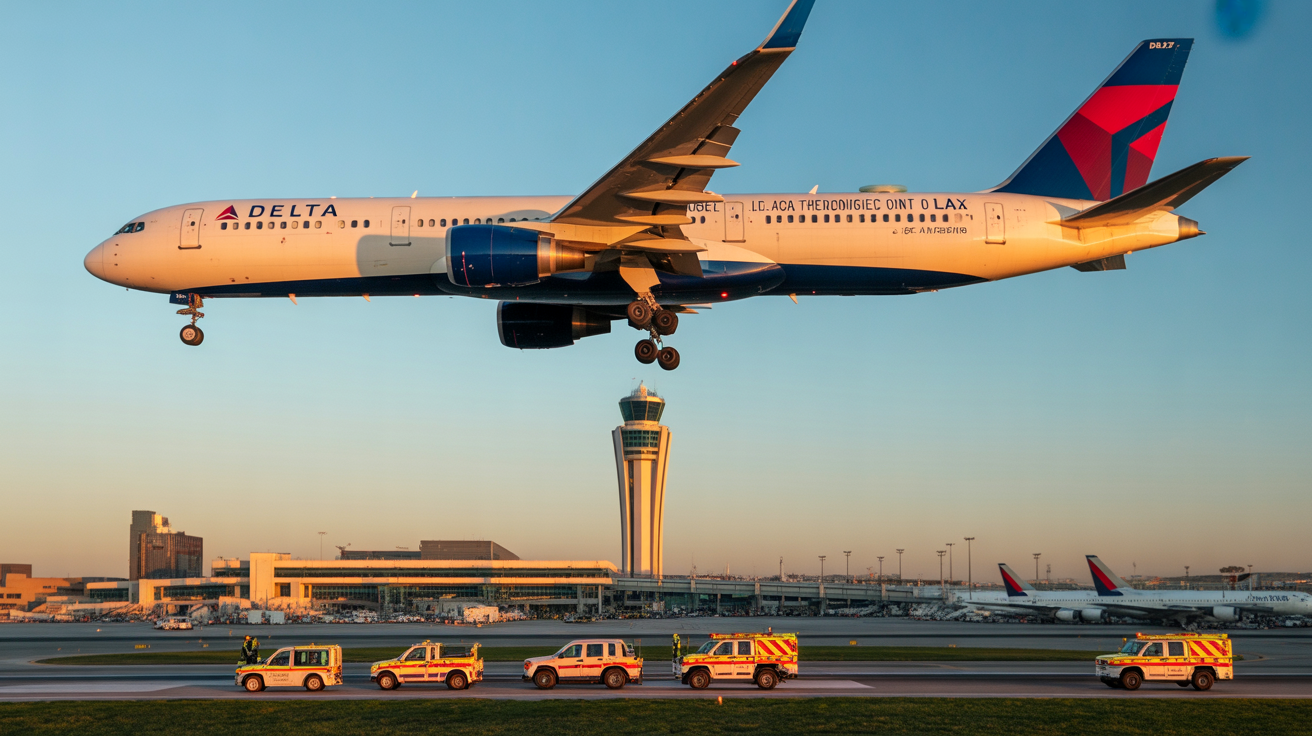A flight has always been an element of precision, security and luck. Despite the good safety track record of the aviation industry, there are surprises that come along. The same scenario came to the focus of the entire world, a few weeks ago, when Delta Flight DL275 was diverted to Los Angeles International Airport (LAX). The in flight diversion left an idea in the minds of passengers, other aviation enthusiasts and the general population: What exactly was it and why was such a decision justified?
The paper addresses the circumstances surrounding the diversion, the events, and the impacts on passenger safety and air travel in general.
The Flight and Its Route
Delta Flight DL275 was a normal flight, a long distance flight abroad. The broad-bodied jet transoceanic aircraft had hundreds of passengers and crew and departed on schedule. It seemed like it was all going well until a large part of the flight process. However, aviation is an industry where one deviation must be addressed immediately.
The flight crew had an incident that was so significant to warrant diversion half way along the route. Instead of flying to its destination it diverted and landed at LAX, one of the busiest airports in the United States and a prime destination in terms of diversions due to its infrastructure and emergency readiness.
Why Diversions Happen
Flight diversions are not a recent development in the aviation industry. These may be intimidating to travelers, but they are likely to be a risk-averse stance that will go to any lengths to make sure that safety is the first consideration. Common reasons behind diversion are:
- Medical Emergencies: Passengers or members of the crew would require some acute care that would not be possible in the air.
- Technical Problems: A precautionary landing can be caused by any technical problems, including comparatively minor mechanical ones.
- Weather Conditions: Unanticipated turbulence, weather conditions, or storms may force a diversion.
- Security related issues: Aggressive passengers or any other potential threats should be dealt with at the ground level.
With DL275, there were early reports of a potential technical issue, and a second safety measure. The diversion decision was within the general aviation safety procedure although the airline did not state all the details of its operation.
The Crew’s Role in Decision-Making
The pilotes have been well trained on how to handle malfunctions in the air. In the scenario of DL275, the flight deck crew members would have assessed the issue, communicated with the Delta operations center and agreed with the air traffic controllers on the most suitable point of diversion.
LAX was selected because of the distance but also because it can accommodate large aircrafts as well as avail immediate technical and medical assistance in case of necessity. Once the decision was made, the crew informed the passengers in a professional, calm and clear way.
Passenger Diamond.
Passengers may also be anxious and frustrated due to mid-air diversion. Many on board DL275 were very happy to arrive safely in Los Angeles, though it was inconvenient in terms of delays. Cabin crew members will be important in such a situation because they are expected to stay calm and offer some comfort and talk about the problems.
Though diversions can cause inconveniences like missed flights, lengthy layovers or delayed flights, airlines tend to provide accommodation and assistance to the affected passengers. But safety will always be the first priority at the expense of being punctual.
The Wider Implications to Aviation Safety.
The Delta Flight DL275 diversion underlines one simple fact about the aviation industry: safety regulations are ruthless. Airlines and regulators concentrate on precautionary measures to mitigate the risks even in cases where the issues appear to be minor. This is the approach that has contributed to commercial aviation being the safest mode of long distance travel.
In addition to this, the episode illustrates the relevance of big hubs, like LAX. Diversion airports have the facilities, trained personnel and logistical capability to accommodate unexpected arrivals. It will imply that air flights like DL275 can be landed without endangering the lives of passengers.
Lessons for Travelers
The DL275 diversion is a reminder to passengers that diversions are more than inconvenient, but it is actually about safety. Some of the lessons that the frequent travellers can learn are as below:
- Keep Calm: Distractions are warning and rarely imply the existence of life-threatening danger.
- Trust the Crew: Pilots and flight attendants have undergone extensive training to respond to such cases.
- Be ready to be flexible: Schedule buffer time in your itinerary where feasible on longer flights, especially international flights.
- Be in the Know: Airlines inform passengers of cabin announcements, mobile apps and gate staff.
Delta’s Response
According to its usual safety-and-service pledge, Delta Airline immediately issued reports that everyone on board and crew members were safe following the diversion. The airline has provided support to those passengers that were affected by the rerouting and this demonstrates that the firm is concerned about the customers when unexpected incidents mess up their plans.
Conclusion
The Delta Flight DL275 diversion to LAX can be seen as an example of the unbending character of the aviation sector when it comes to safety. Regardless of whether the cause of the incident in question is purely technical in nature, the outcome justifies an important fact in aviation: precaution always outweighs risk.
This may have been an uncomfortable experience to the passengers, but since the crew and ground staff responded fast and efficiently, passenger safety was not compromised. Lastly, the event highlights the longevity of the new air travel systems, not to mention the importance of trust in between the airline companies and their customers.













